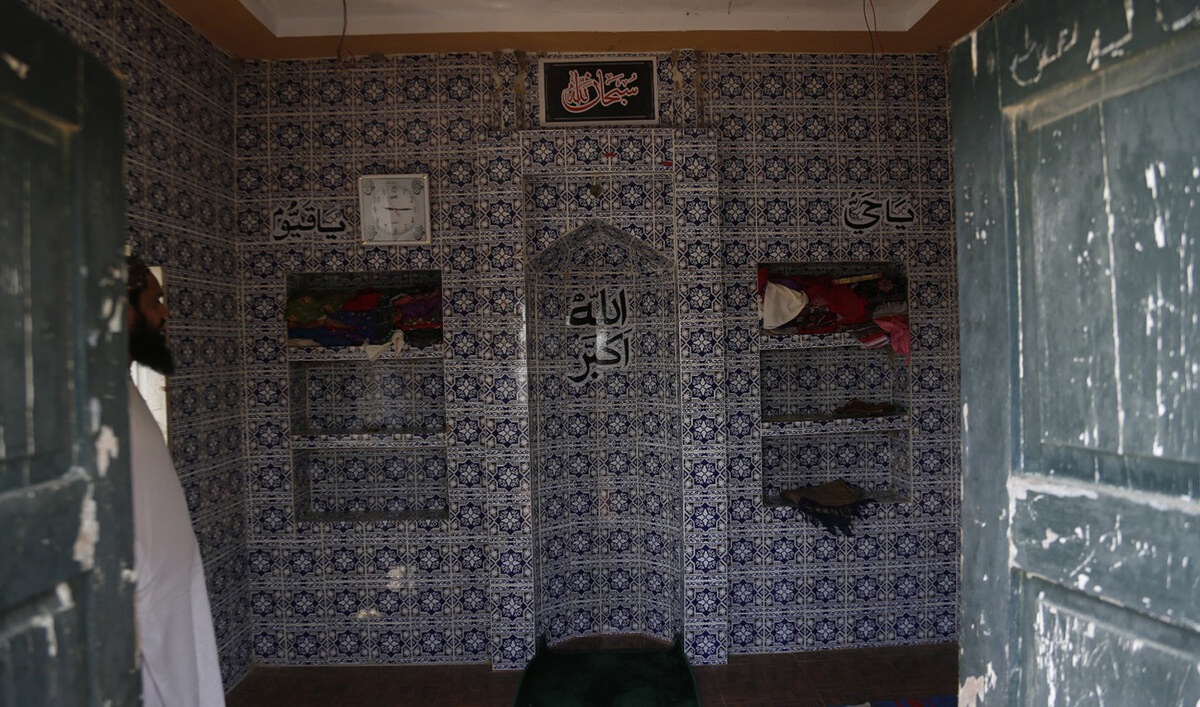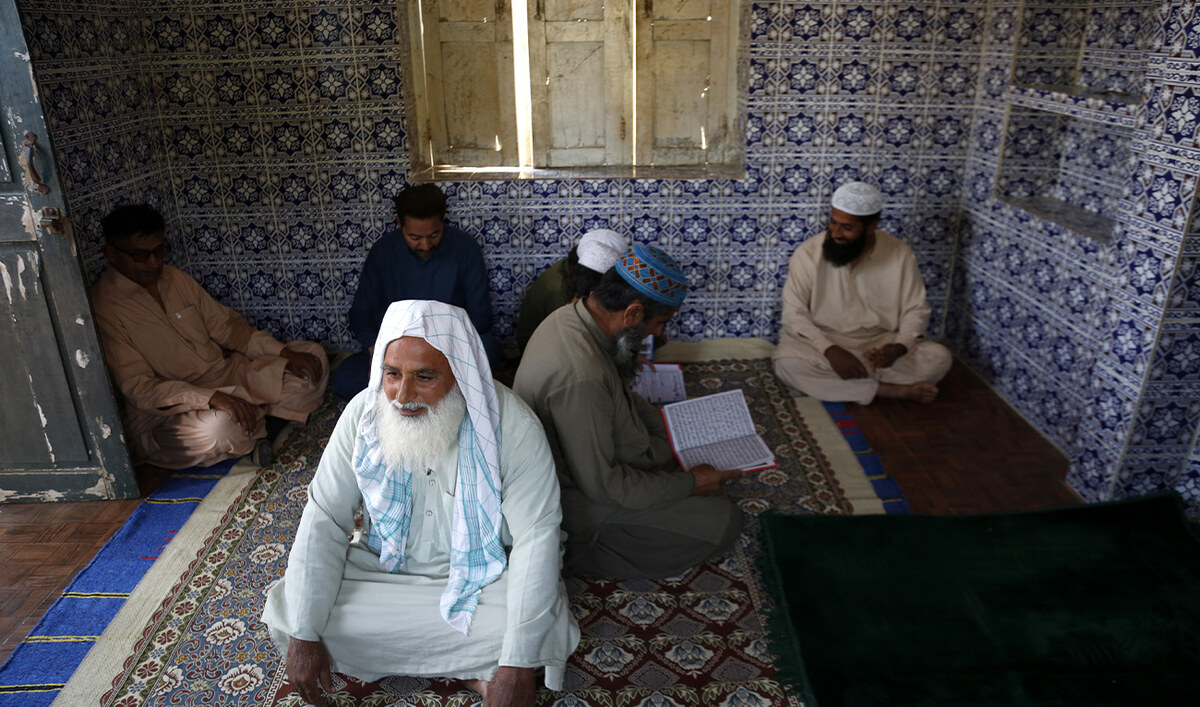KARACHI: A renowned global fitness platform run by the Ultimate Fighting Championship (UFC) has opened its largest facility in the world in the Pakistani city of Lahore and plans to expand its operations to other urban centers soon, media representatives for the gym said on Thursday.
UFC Gym was founded in 2009 by the Ultimate Fighting Championship, an American mixed martial arts (MMA) promotion company based in Las Vegas, Nevada. It is considered the largest MMA promotion company in the world and features some of the highest-level fighters in the sport on its roster.

A man is training at a gym run by Ultimate Fighting Championship (UFC) in Lahore. (Photo courtesy of UFC)
UFC Gym currently has facilities in 13 countries across the globe, including Australia, Canada, the United Kingdom, the United States and others.
Last Sunday, the gym launched its Lahore branch in a ceremony attended by the governor of Punjab and television and film celebrities.

Men are sparring at an Ultimate Fighting Championship (UFC) gym in Lahore. (Photo courtesy of UFC)
“Pakistan now holds the record of having the world’s largest UFC gym facility,” a statement shared with Arab News by the PR team of UFC Gym said. “We are an extension of the Ultimate Fighting Championship and proud to make the training programs and benefits of elite MMA athletes accessible to all, regardless of age or athletic ability.”
“We have a dedicated functional Wrestling Area where you can learn different disciplines of MMA like jujitsu, karate and more,” the statement added. “The facility includes Executive Gym, TRX, DUT combo workout area, RDX spinning room and has also executive Swimming Pool area, world class Cinema, Top Rated Restaurant, Café, and corporate Meeting Rooms.”

Celebrities Ayesha Omar and Shehzad Khan are hosting the launching ceremony of the first Ultimate Fighting Championship (UFC) gym in Lahore on Sept. 6, 2020. (Photo courtesy of UFC)
Actress and model Ayesha Omar, who hosted the launch event, said the gym could hold 10,000 “while maintaining a safe social distance.”
“People [in Pakistan] are beginning to pay attention to their fitness,” she said. “We are also living in the age of COVID-19 — a disease which may continue to stay with us for a significantly long period — and this facility may help people maintain their fitness and protect them from the virus.”
She added that apart from being the largest UFC fitness facility in the world, the gym had also invited the best trainers from across the world to work in Pakistan.
“We promote healthy lifestyle and encourage our members to challenge themselves beyond ordinary limits while providing fitness and wellness services with a difference,” UFC Gym’s Pakistan CEO, Shahzad Nawaz, said in an online statement, adding that UFC gyms would also soon be opened in Karachi, Islamabad, Peshawar, Quetta, Faisalabad, Multan and Rawalpindi.






















